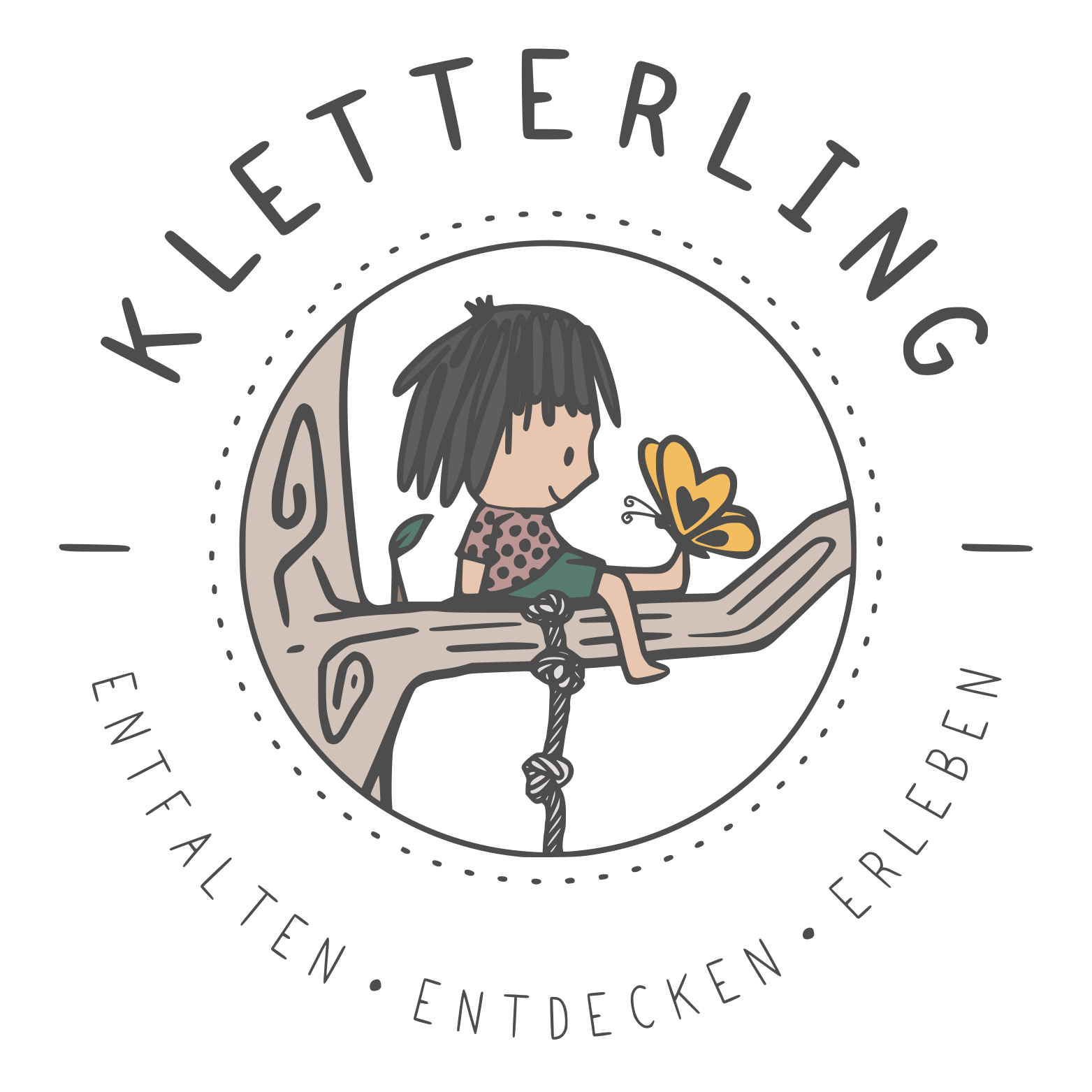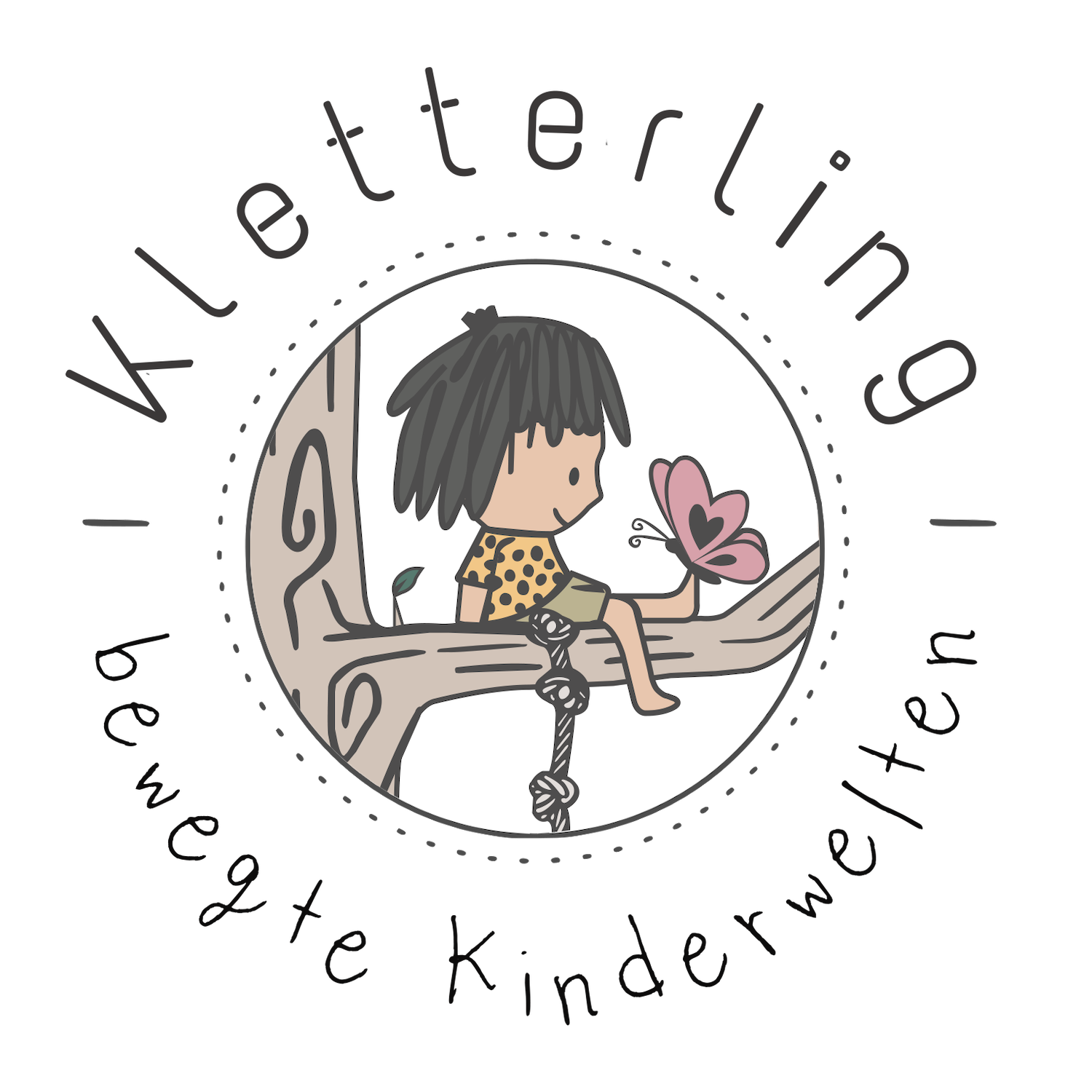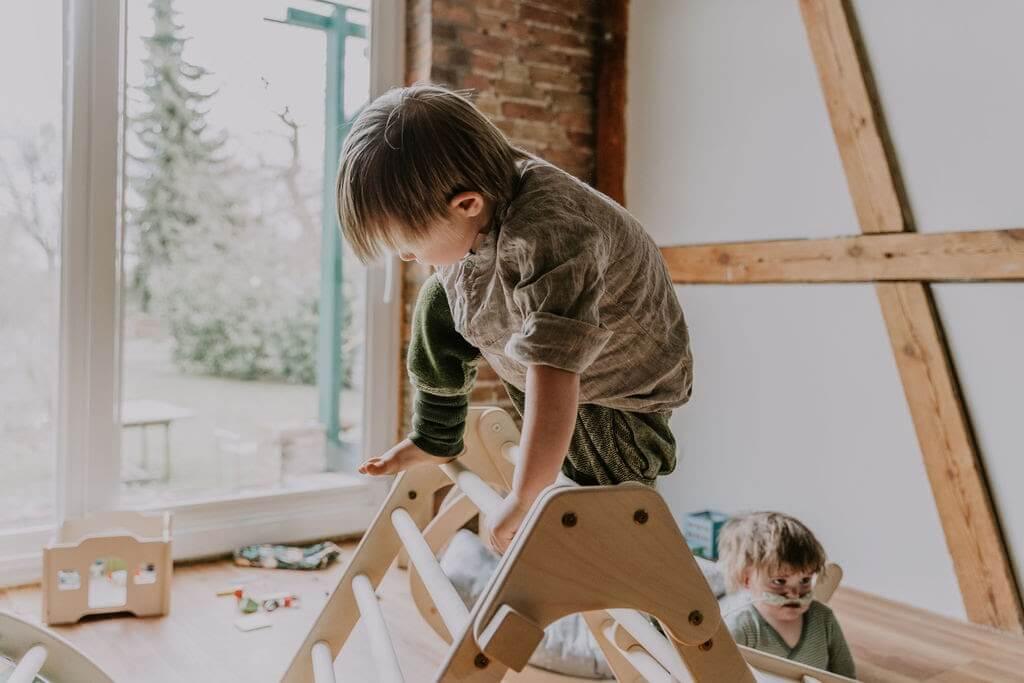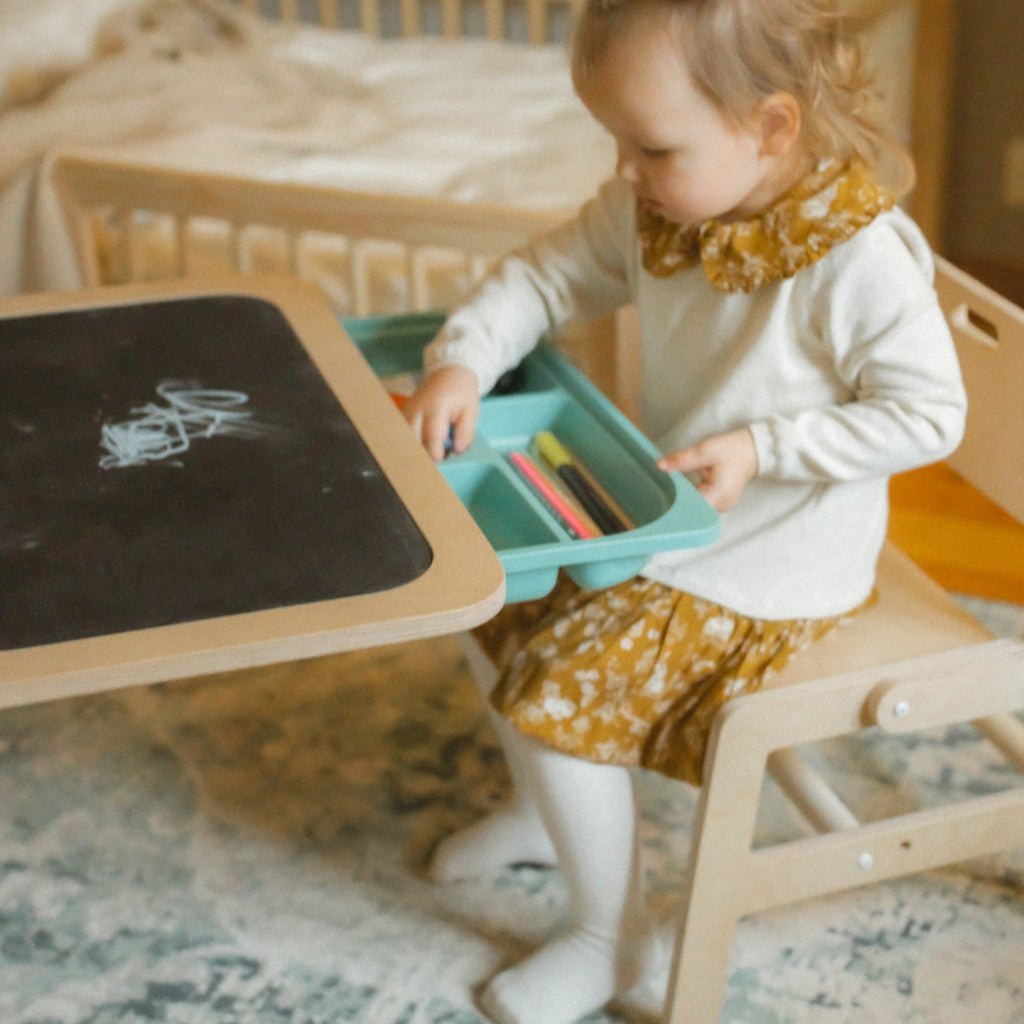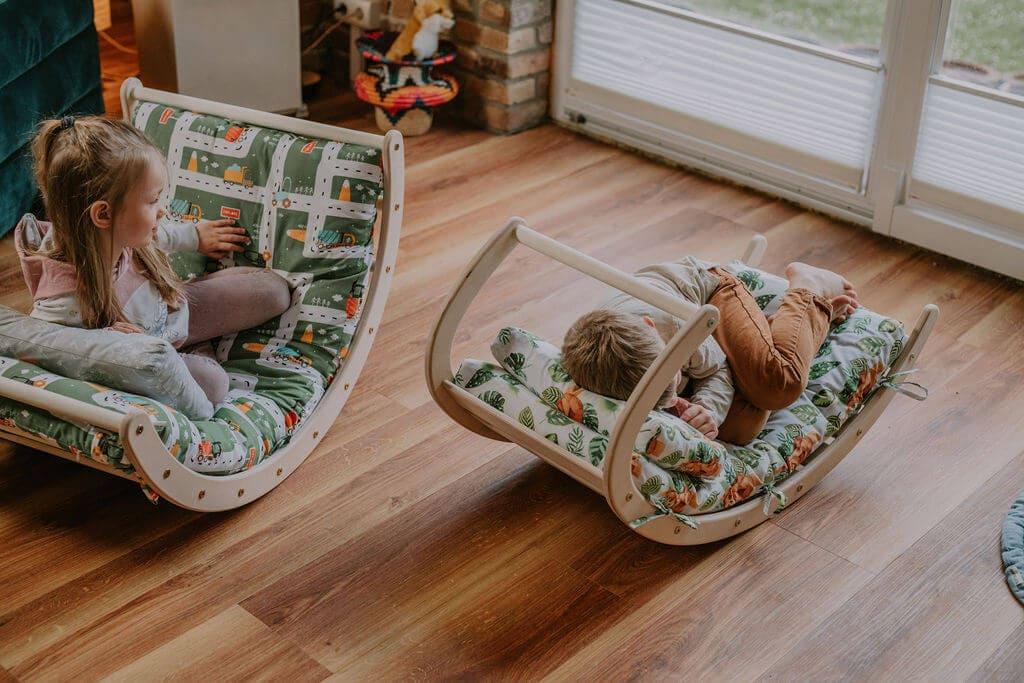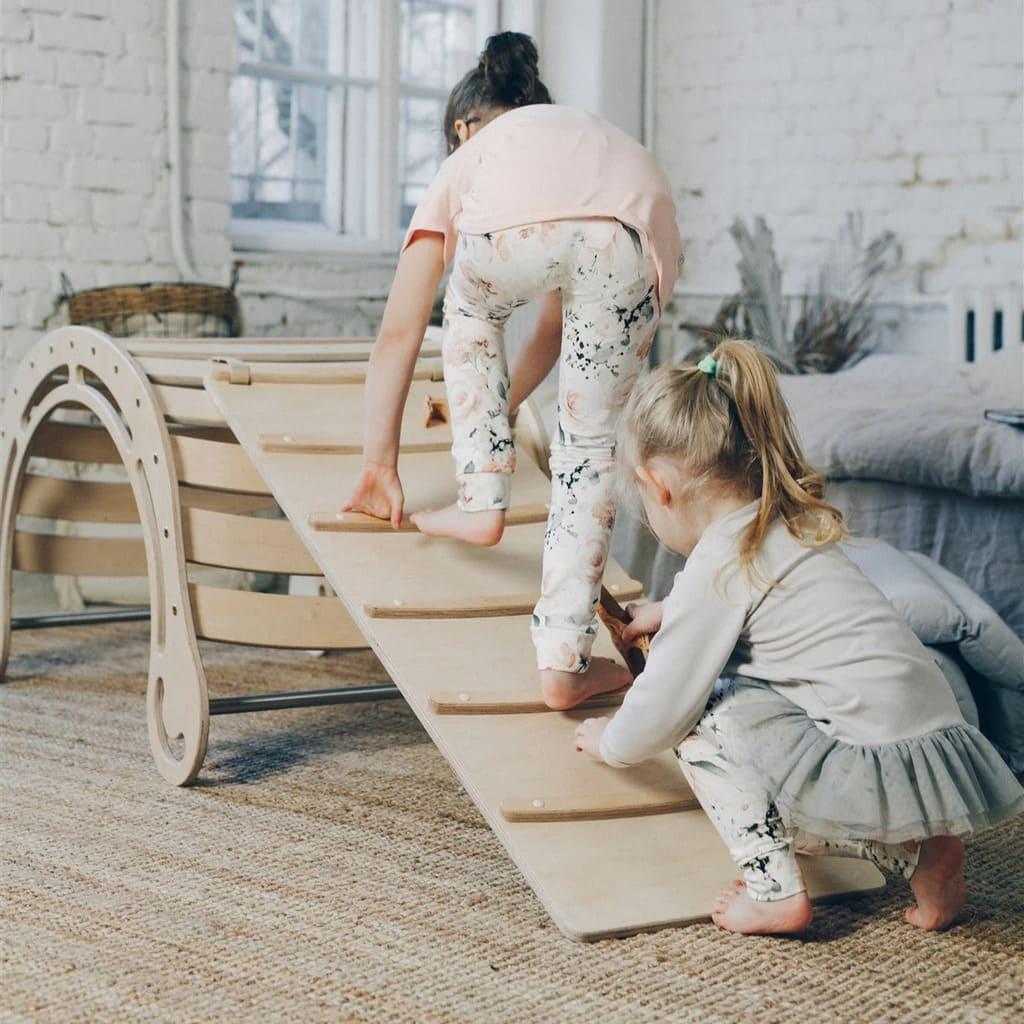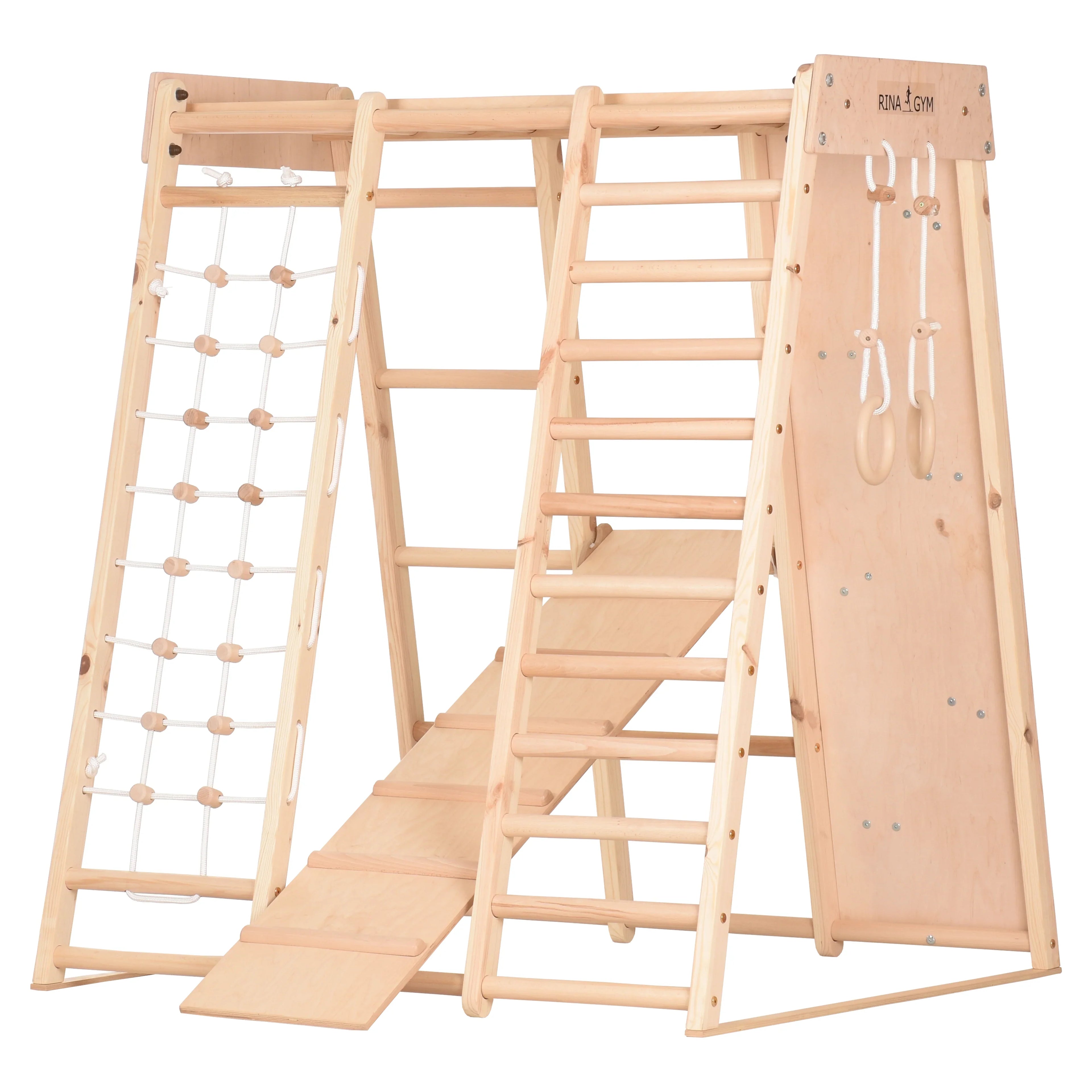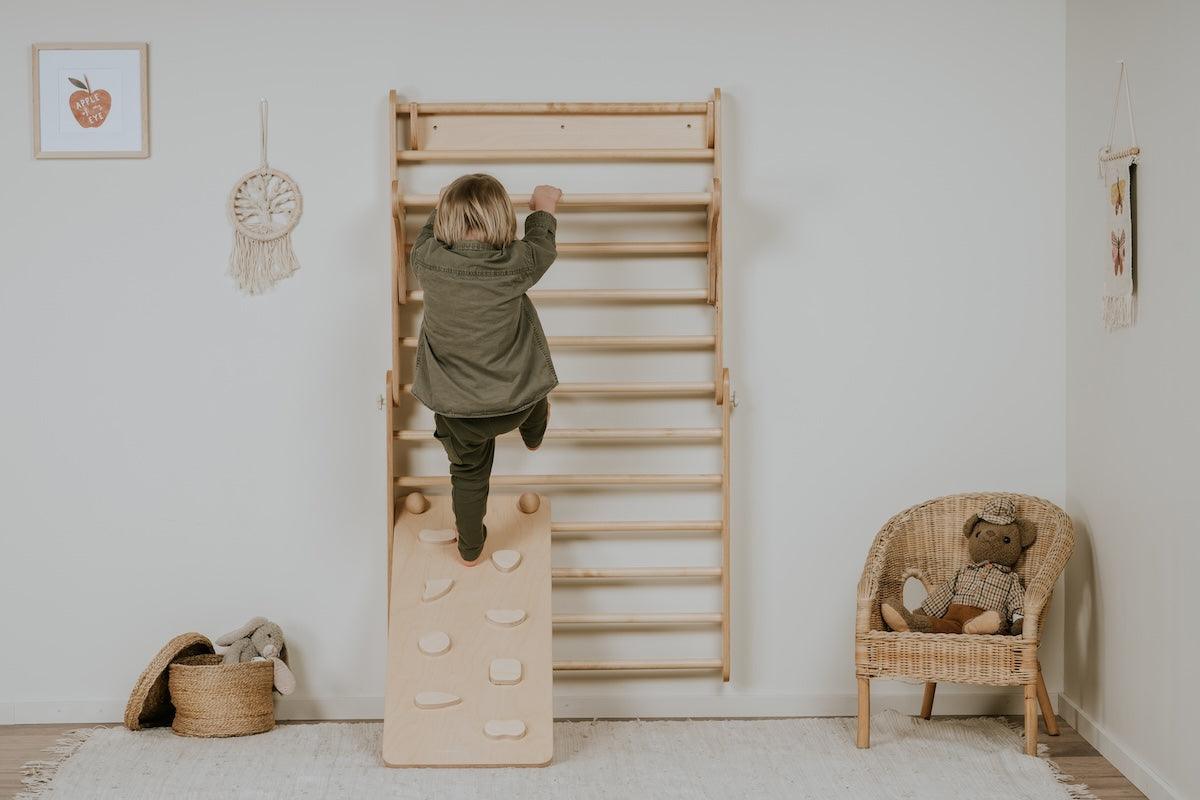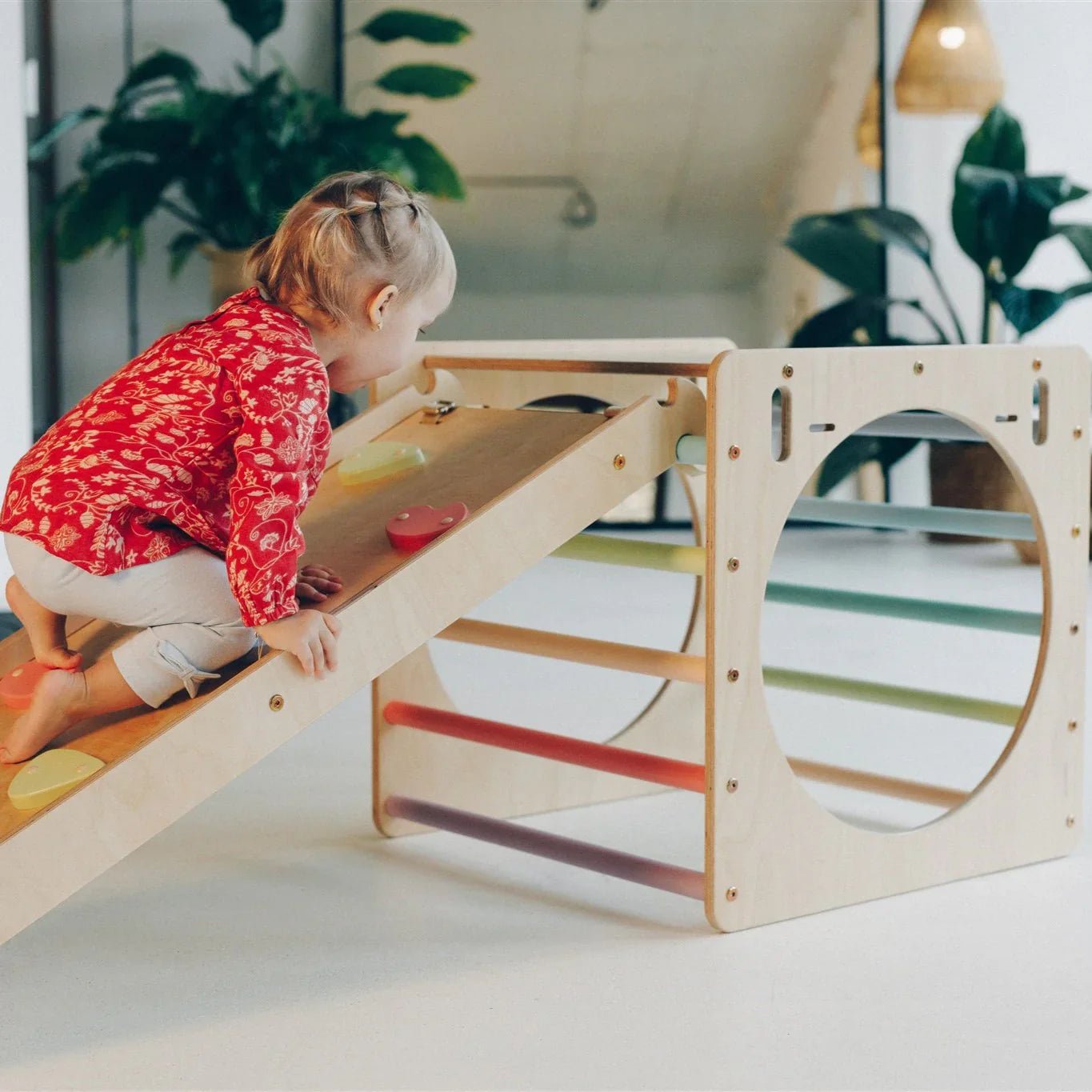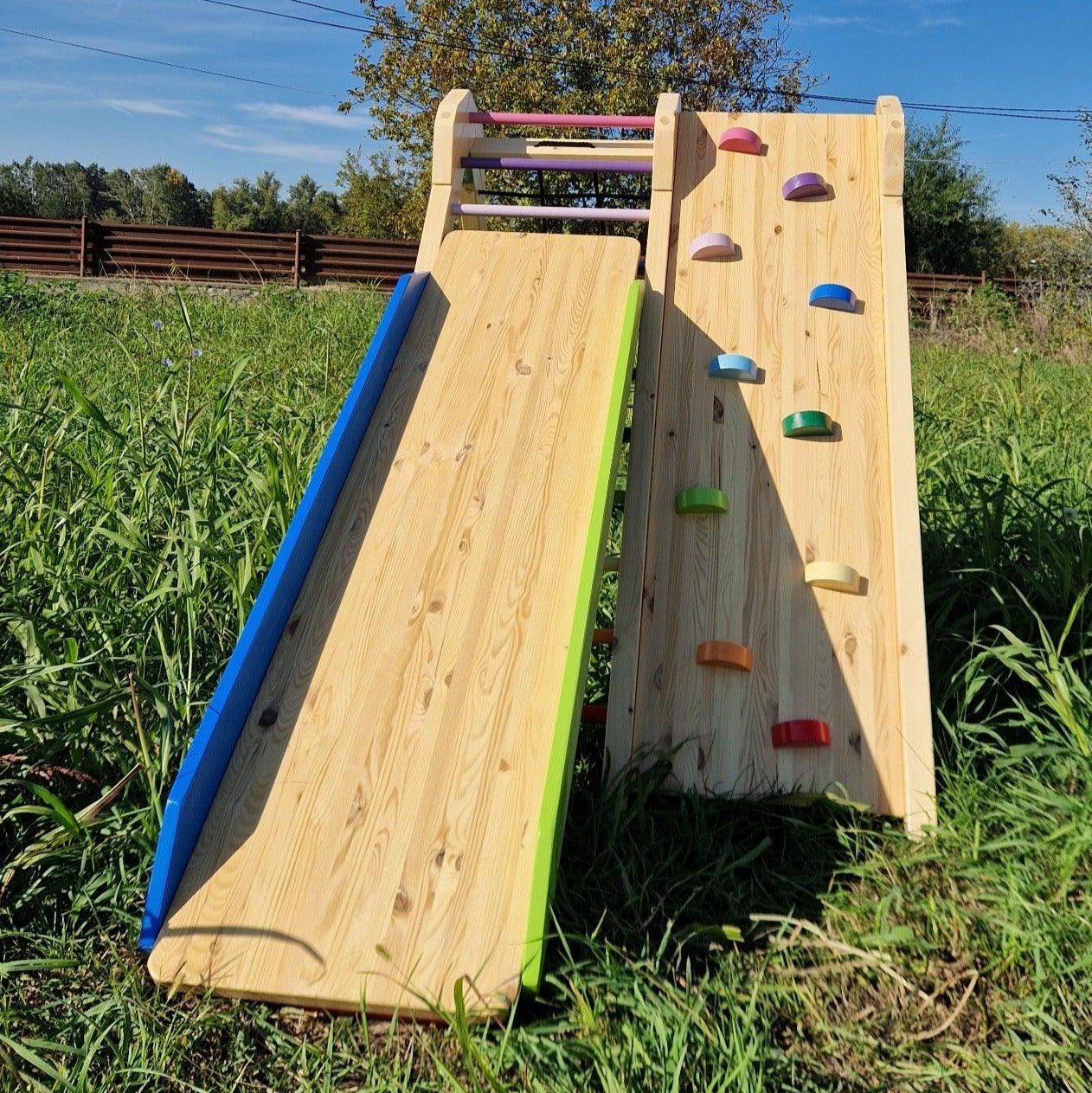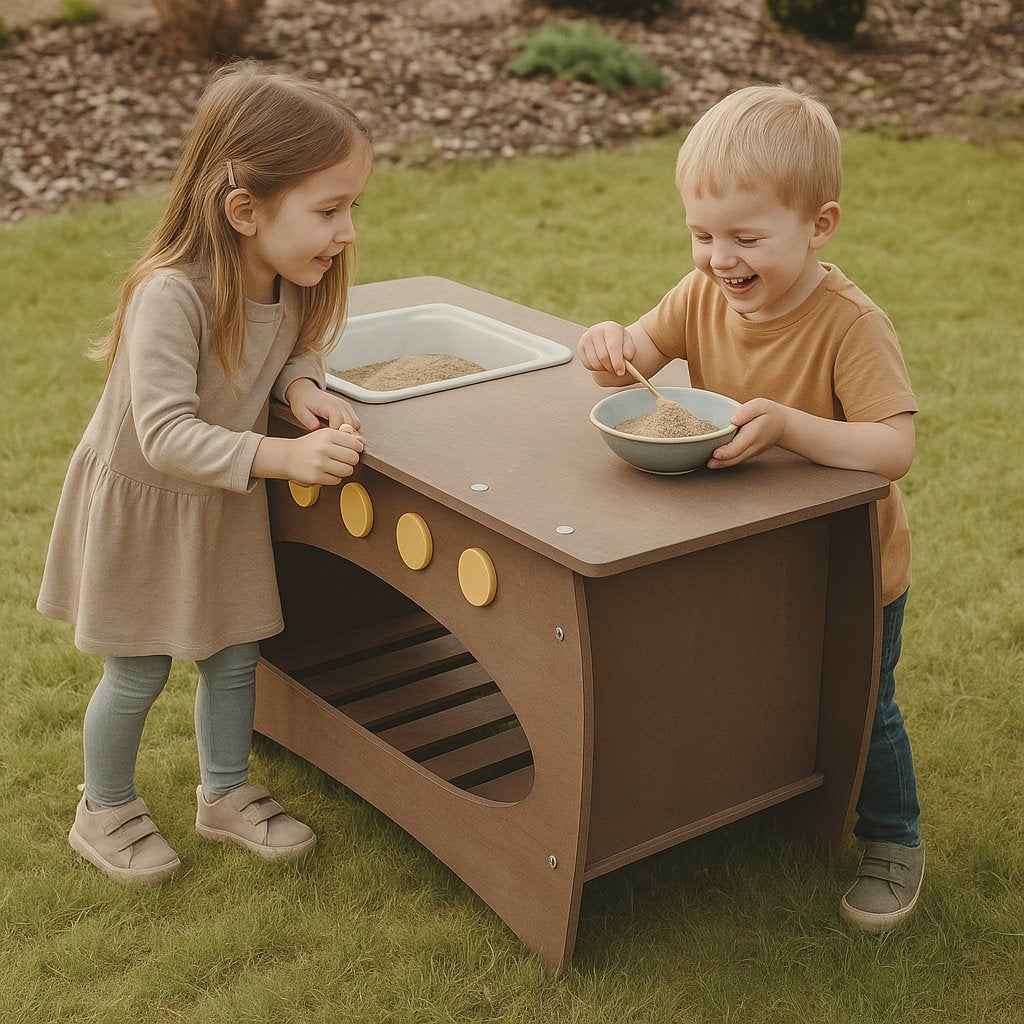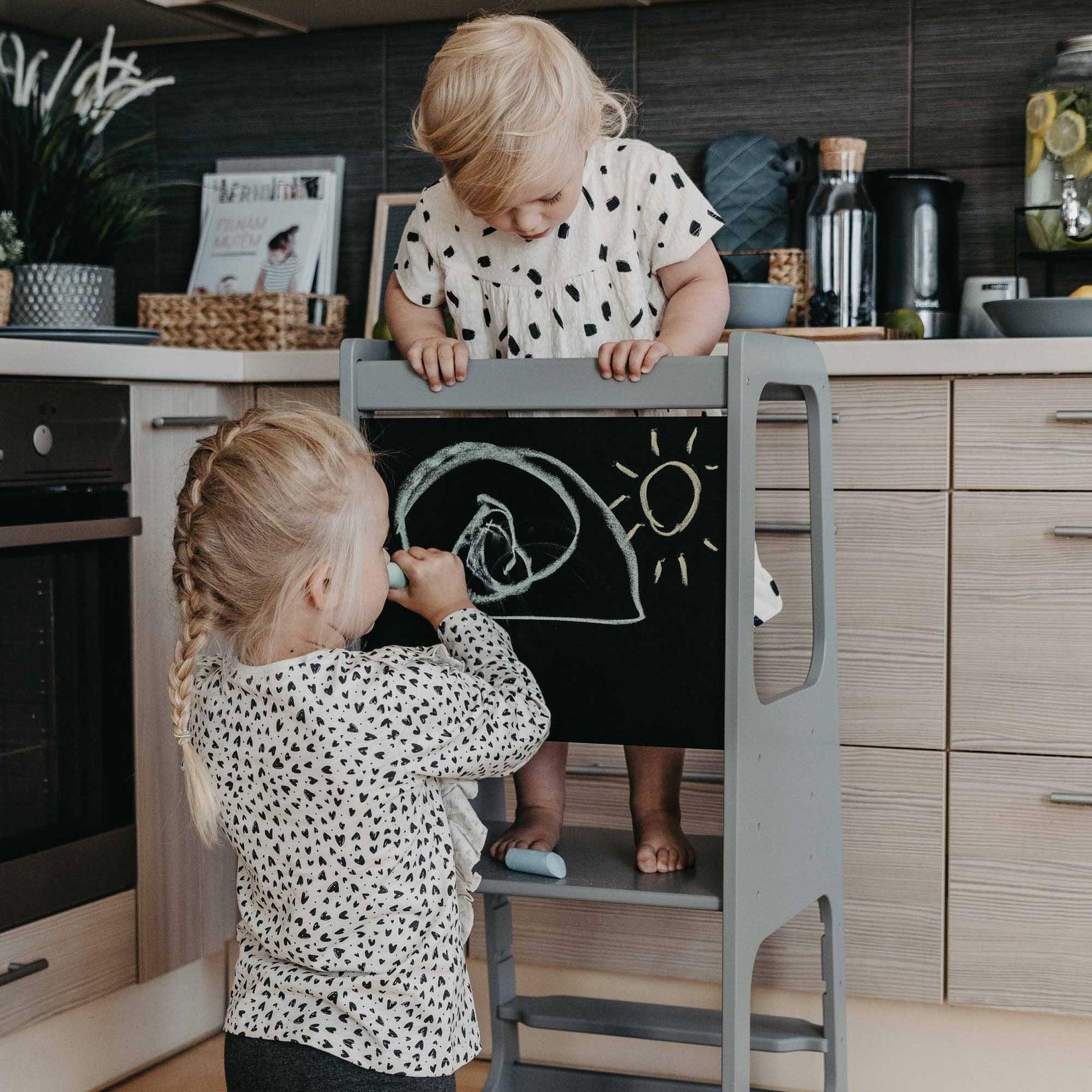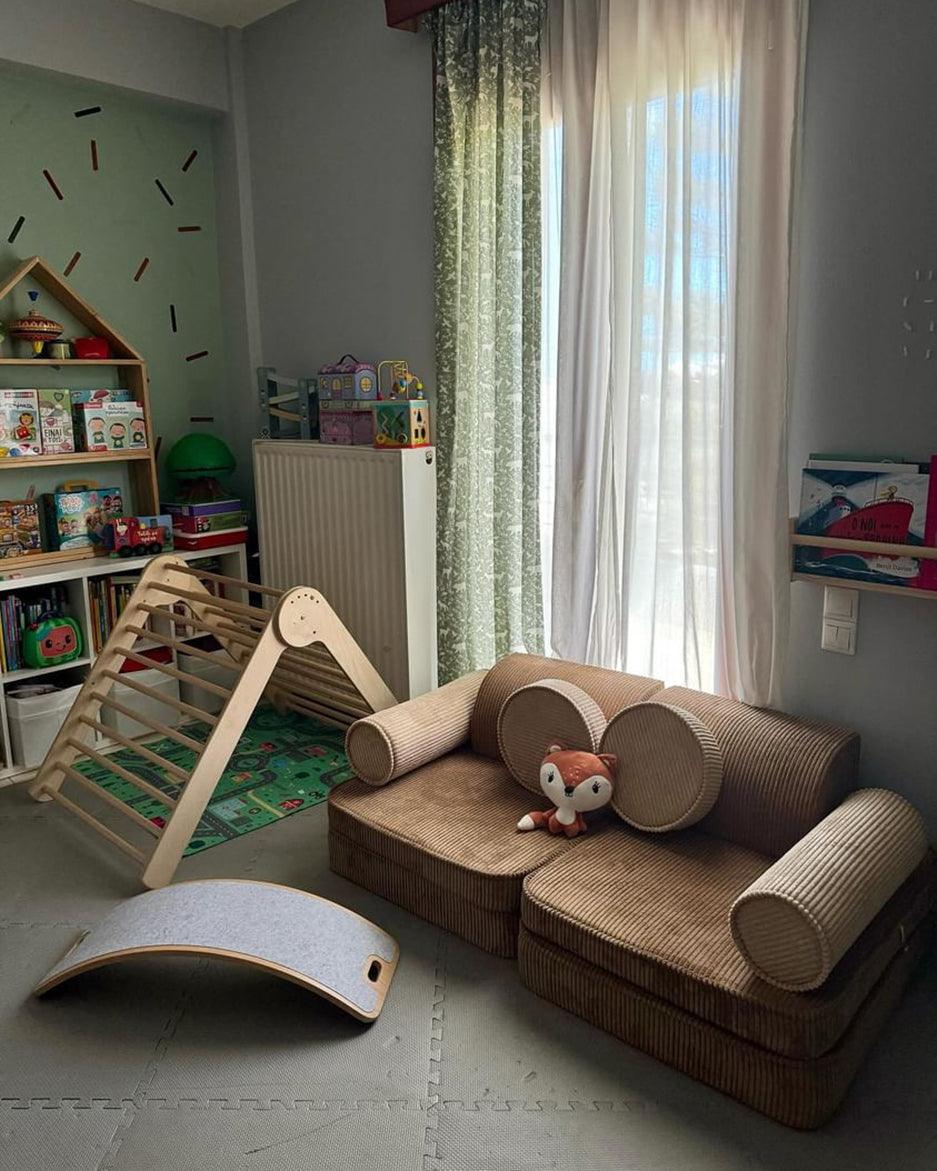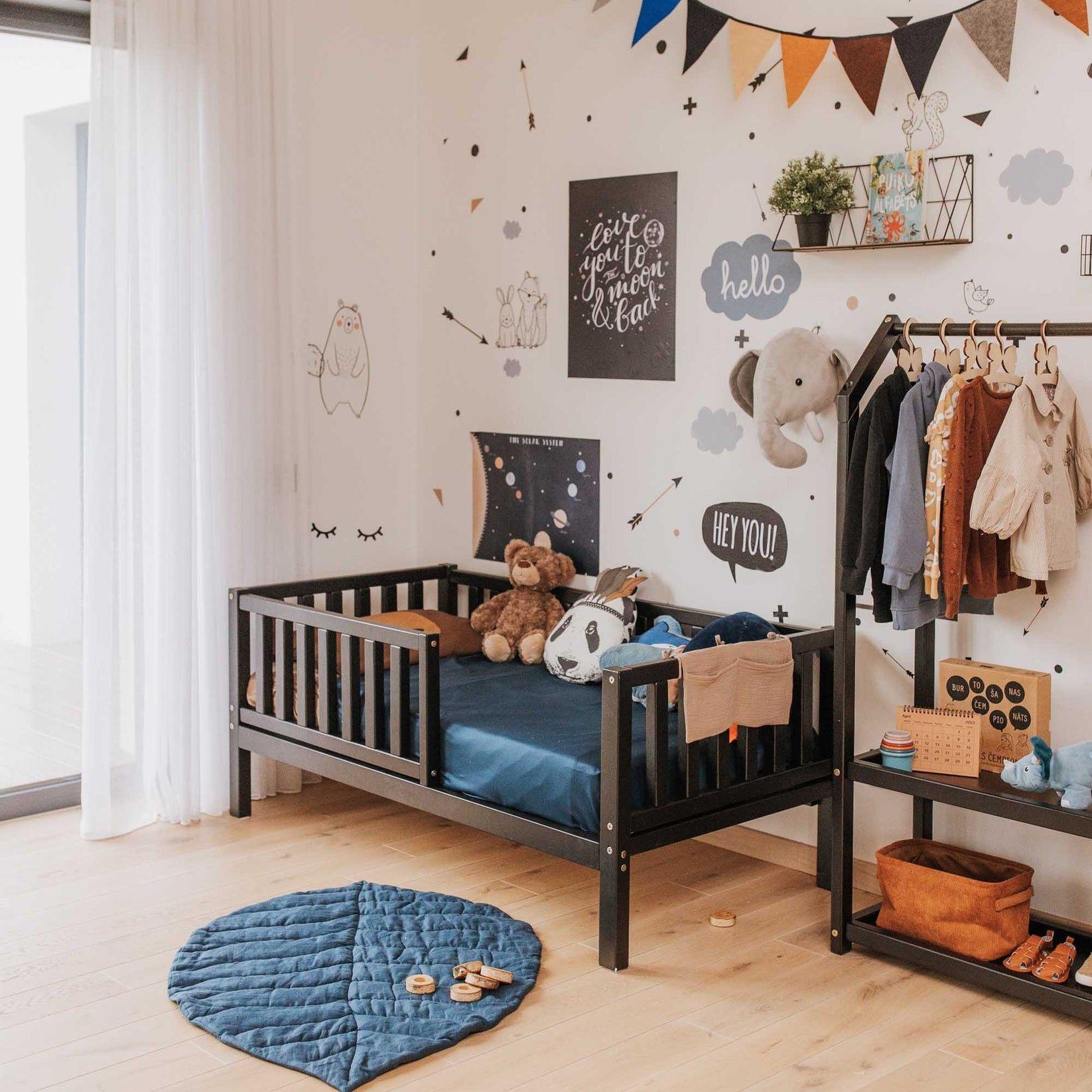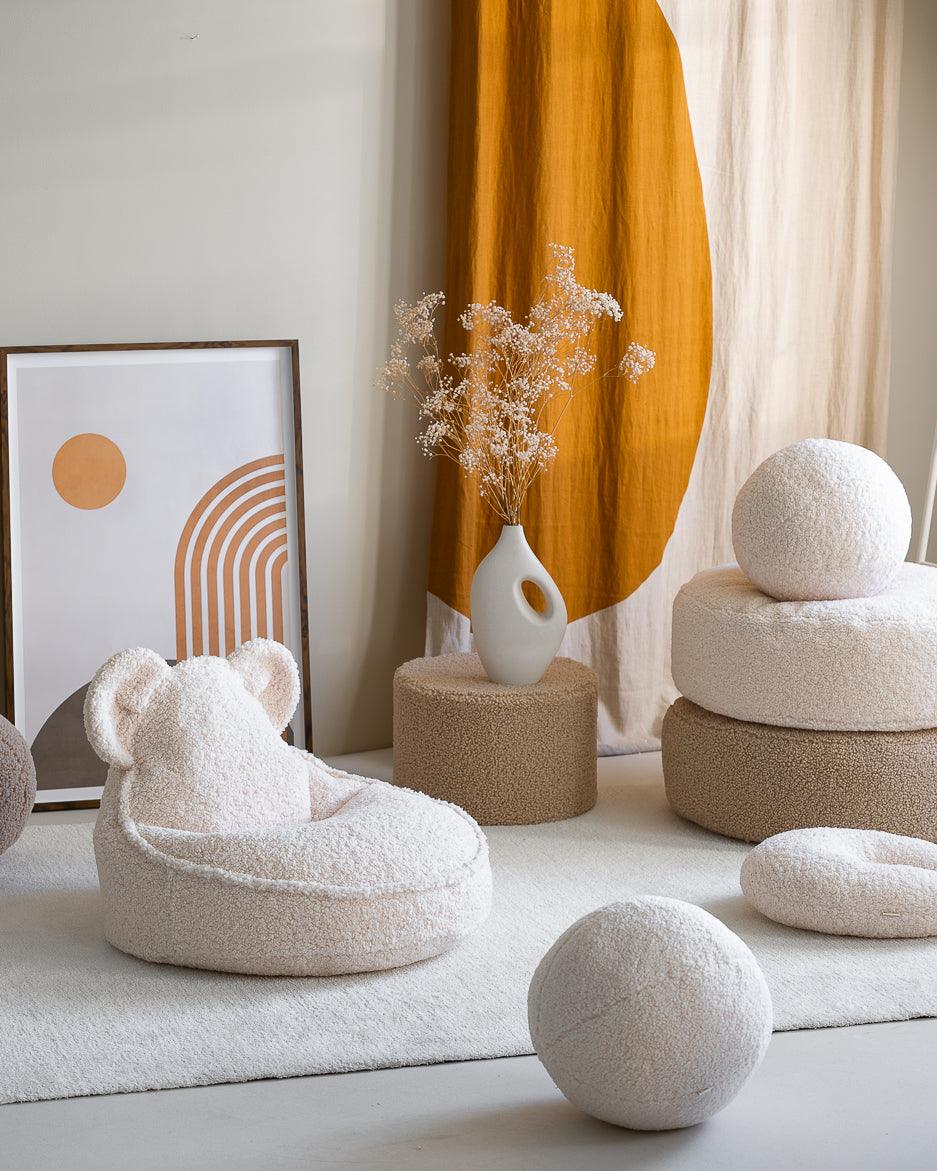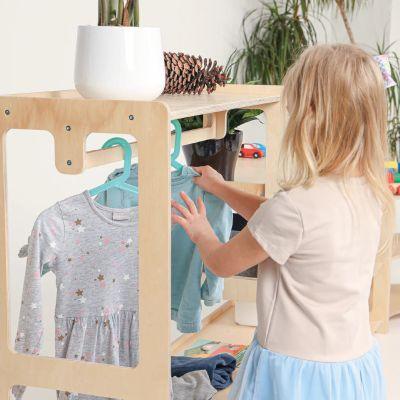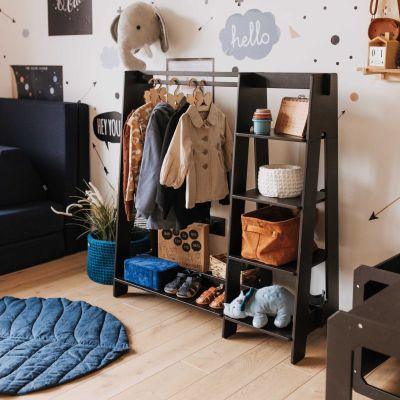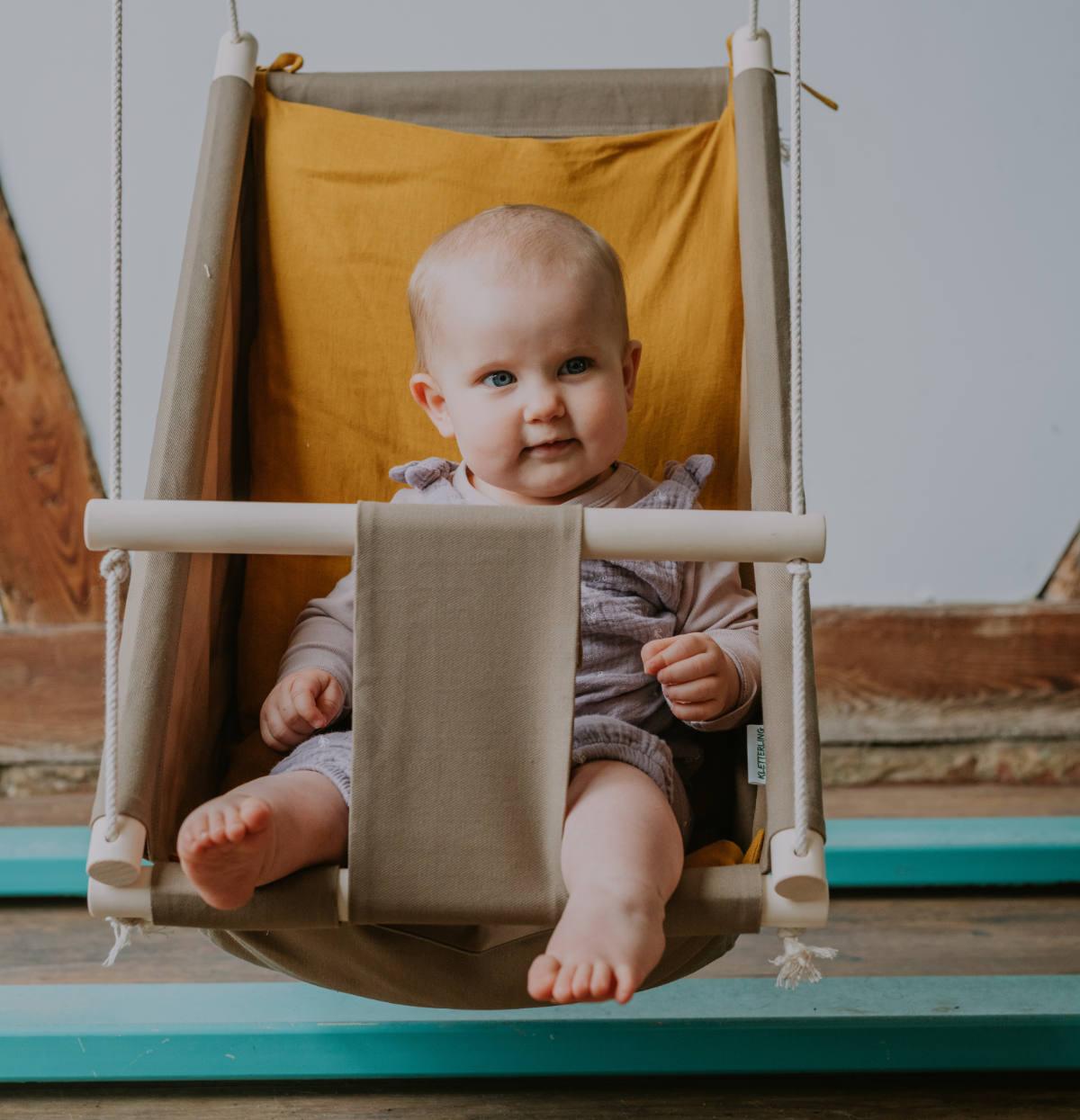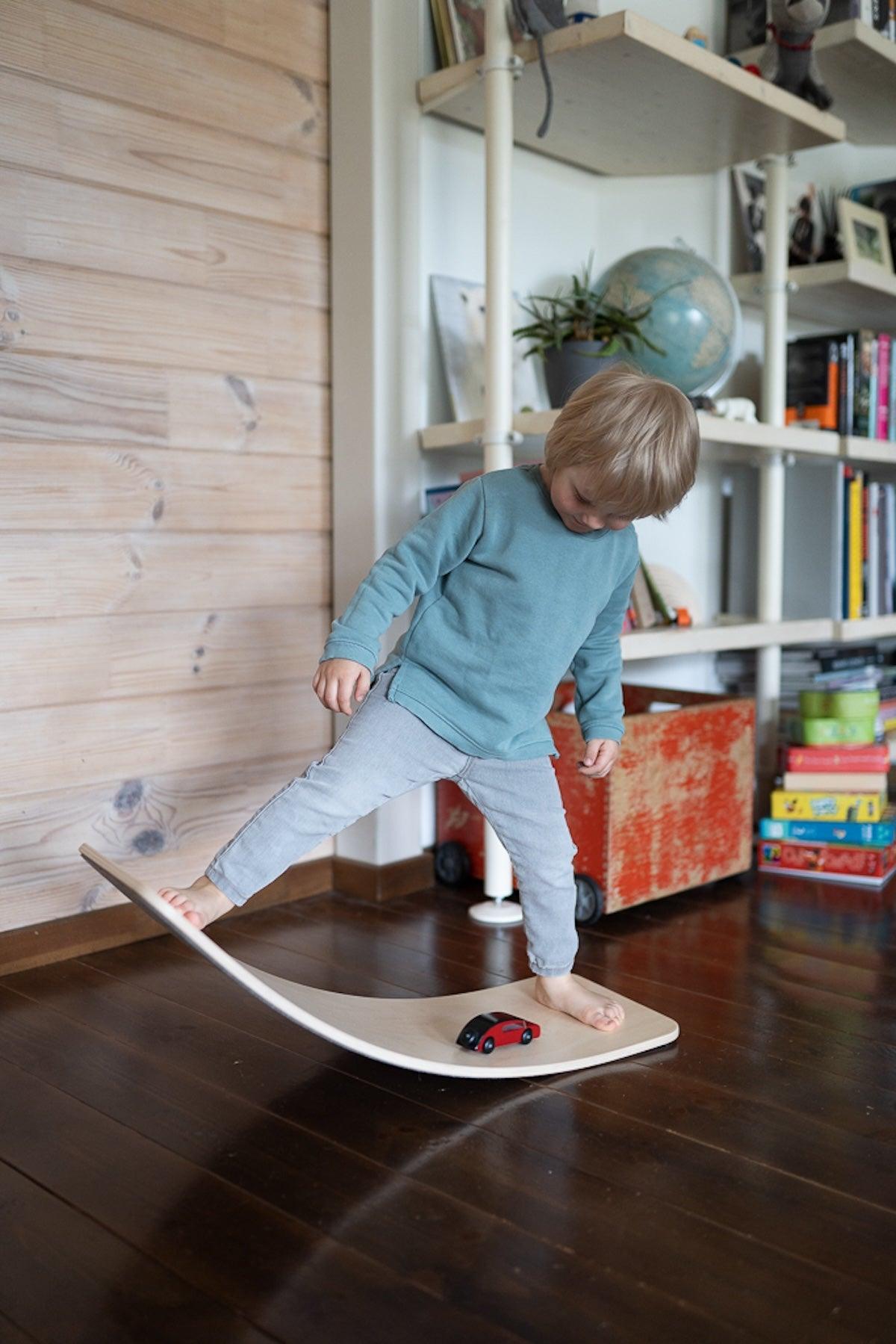
ALWAYS KEEP MOVING!
If you're a new mom and/or dad, you probably have a lot of questions about your child's development. You're not the only one, which is why I wrote this blog post for you.
Small steps can often make a big difference!
A wealth of interesting information about your child's healthy motor development and what the child's brain has to do with it, as well as a spring-themed finger game from our creative workshop, await you here! I'll show you how to support your child's natural urge to move in an age-appropriate and effective way right from the start.

Let's start with fine and gross motor skills
Our motor skills encompass all planned and consciously controlled movements. We distinguish between two major areas: fine motor skills and gross motor skills .
Fine motor skills include all skills of the smaller muscle groups (facial expressions, mouth motor skills, movement of toes and hands).
Fine motor skills require good visual perception and well-developed muscles in the finer limbs. Games with marbles or balls, hammering, or bowling are also great for supporting your child's fine motor development in a playful way.
Gross motor skills include the coordination of all major muscle groups (walking, running, climbing). Certain prerequisites are necessary for the proper functioning of gross motor skills, such as healthy muscles, good coordination, and optimal balance.
Children who play a lot and hop, jump and climb train their gross motor skills particularly well.
Early movement support is important and easy for you to implement: Lying on their tummy allows your baby to see the world from a completely new perspective. It's an exciting time for you and your little one.
Perfectly nestled on our lion's head ! Tummy time is an important step in your baby's physical development. In this position, they will learn over time to lift and turn their head. This trains their neck and shoulder muscles and develops what is known as head control. This is an important prerequisite for being able to sit, crawl, and walk later on.
Every child has their own pace. They don't need support.
Let your little one try things out undisturbed. Encourage their natural curiosity, and your little adventurer will soon find their own pace!
Enjoy it and observe your child closely, and see how exciting and important it is for little ones to be able to discover themselves and their environment independently! Of course, always be there! Offer a helping hand to help them reach things or provide support in awkward situations.
It also doesn't help if you remove all obstacles to make it easier for your child to crawl, for example. Then your child won't be able to learn to overcome obstacles on their own.
Don’t be afraid, children learn from their apparent mistakes!
“ I’ve never done that before, so I’m sure it’ll be fine!”
(…Pippi Longstocking already knew!)
Awaken the joy of adventure with our climbing toys…
# Slide
# Seesaw
# Climbing and swinging
Train your sense of balance, hand-eye coordination and fine motor skills.
Did you know that climbing, balancing and sliding always provide new stimuli for children's brains?
WOW! A lot is happening here...
In the first years of life, your child learns to move better and better and develops important brain structures through movement.
This means that exercise also gives our brain a boost. Regular physical activity not only enlarges certain brain areas, such as muscles, but also activates proteins and neurotransmitters that strengthen nerve cells and enhance cognitive performance!
All the external stimuli your child receives and implements ultimately determine how complex and diverse their thinking will be later in life. And this, in turn, influences their thinking, perception, and language skills!
“ A CHILD is not a vessel to be filled, but a FIRE that wants to be ignited.”
(Francois Rabelais)
Today we introduce: the climbing triangle
Our climbing triangles are not only a lot of fun, but also offer so many important benefits for development.
All our climbing triangles are suitable for multiple age groups and can therefore be used for many years and by multiple children. They perfectly support freedom of movement. Younger children can first practice pulling themselves up and climbing the first rungs with their feet. Older children can climb up the rungs and then climb down the other side.

Climbing frames, such as our climbing triangle, are educational toys.
Your baby can climb up the rungs and thus stand up independently. The Pikler triangle offers security and encourages playful exploration. This has a tremendously positive effect on your child's self-confidence and ensures that they become aware of their abilities early on. Climbing frames encourage a sense of play and adventure. There's no question that playing outside is the best thing of all. But now I'll show you just how exciting it can be to create your own climbing frame indoors!
Game ideas
Even if your child isn't speaking yet, they're still listening! So use nonverbal communication like looks and gestures.
It understands you long before it answers you!
Fancy an obstacle course?
And at the end of the day, your feet should be dirty, your hair disheveled, and your eyes bright! (Author unknown)

Today in our creative workshop for you:
First finger game of spring for your little miracle!
The snowdrop
Deep in the earth, covered in snow, the snowdrop has hidden itself.
A hand forms the surface of the earth, and underneath it lies the flower as a fist.
The lovely sun is shining and it is raining gently,
Arms stretched up = sun, fingers drumming on the ground like rain.
Then the snowdrop thought:
“Up there on earth in the sunshine, that’s where I’d like to be a little flower.”
It stretches and stretches and looks out of the bed,
Flower = fist slowly begins to grow upwards and stretches high up.
Just look how firmly it stands on its legs
Can you hear it ringing, so sweet? Snowdrops herald the arrival of spring.
Faust opens into a blossom.
Share
